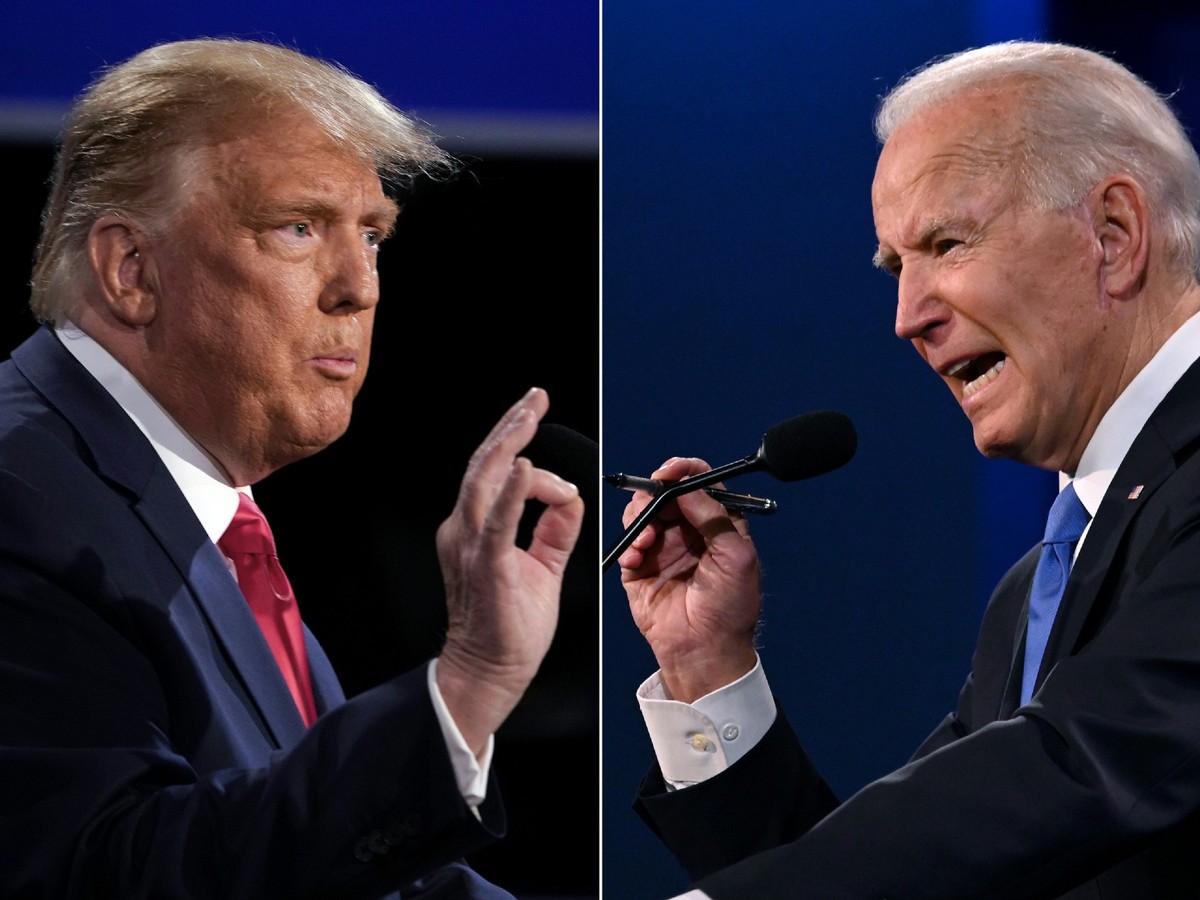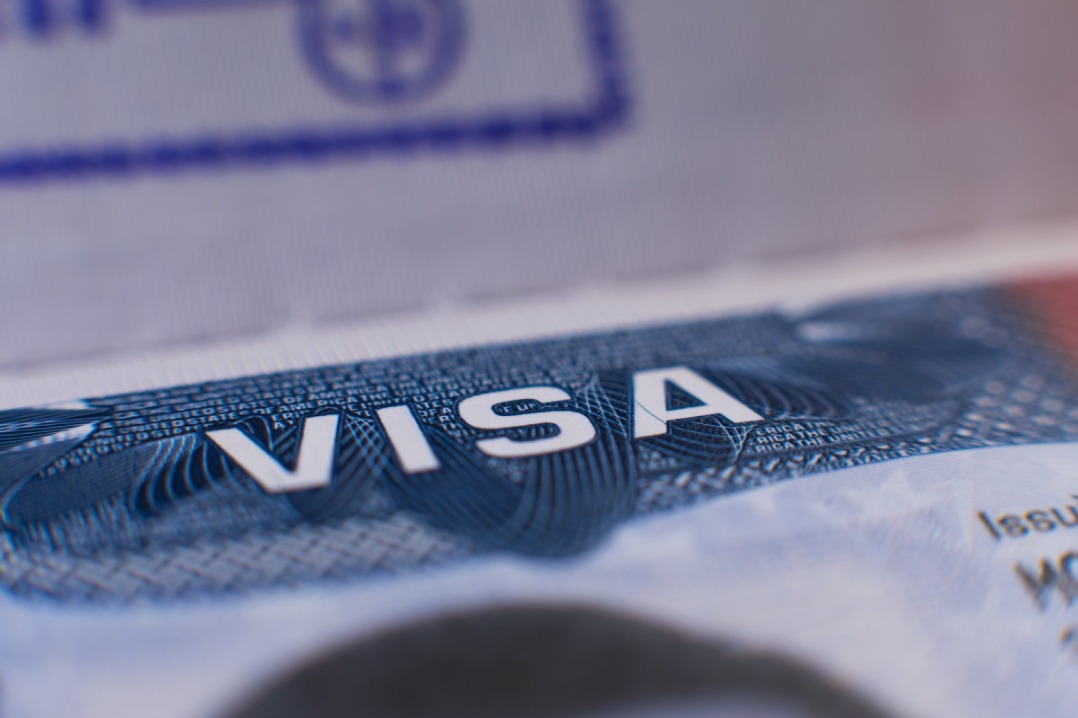Study: 'Impossible' to say why 2020 polls were wrong


National polls in the 2020 US presidential race presidential were the least accurate in 40 years and state polls were the worst in at least two decades, but the organization that reached that conclusion says it's "impossible'' to say why.
The study released on Monday by the American Association for Public Opinion Research (AAPOR) examined 2,858 polls, including 529 national presidential race polls and 1,572 state-level presidential polls.
They found that the surveys overstated the margin for Joe Biden over Donald Trump by 3.9 points in the national popular vote and 4.3 percentage points in state polls
"There was a systematic error that was found in terms of the overstatement for Democratic support across the board," said Josh Clinton, a professor at Vanderbilt University and chairman of the association's 19-member 2020 election task force. "It didn't matter what type of poll you were doing, whether you're interviewing by phone or internet or whatever. And it didn't matter what type of race, whether President Trump was on the ballot or was not on the ballot."
The numbers for Biden were fairly accurate, about a point higher than his final vote count, but Trump's "support was understated in nearly every state by an average of 3.3 percentage points overall'', Politico reported. "The polls of Senate and governor's races were off by an even greater margin: 6 points on average."
In the study, task force members were able to rule out a series of reasons that might have caused the 2020 polls to show a bigger margin for Biden over Trump than the actual results. That included some of the problems that affected polling in 2016, such as the failure in that year to account for levels of education in the samples of voters.
But the task force members weren't able to reach definitive conclusions on exactly what caused the problems in the most recent election polls and therefore how to correct their methodology ahead of the next elections.
"Identifying conclusively why polls overstated the Democratic-Republican margin relative to the certified vote appears to be impossible with the available data," the report states.
The task force examined other possible causes for error, such as whether supporters of Trump and Biden told pollsters how they would vote but ultimately didn't vote, or whether polls included too many people who voted early (a group that favored Biden) and too few who voted on Election Day (a group that favored Trump). In neither case was that shown to be a problem.
Probably the likeliest theory is that pro-Trump Republicans specifically refused to talk to pollsters, while "self-identified Republicans who choose to respond to polls were more likely to support Democrats", the report said, skewing the sample of GOP voters.
Polling in senatorial and gubernatorial races showed a similar pattern, overstating the margin for Democratic candidates versus their Republican opponents. When state-level presidential polls were removed from the sample, the error level was even higher. For example, polling pointed to possible Democratic gains in House races. Instead, Republicans gained seats.
There was no evidence that the polls were mistaken in their assumption of the composition of the electorate. No group or groups were systematically underrepresented or overrepresented in the pre-election polls, the report said.

































